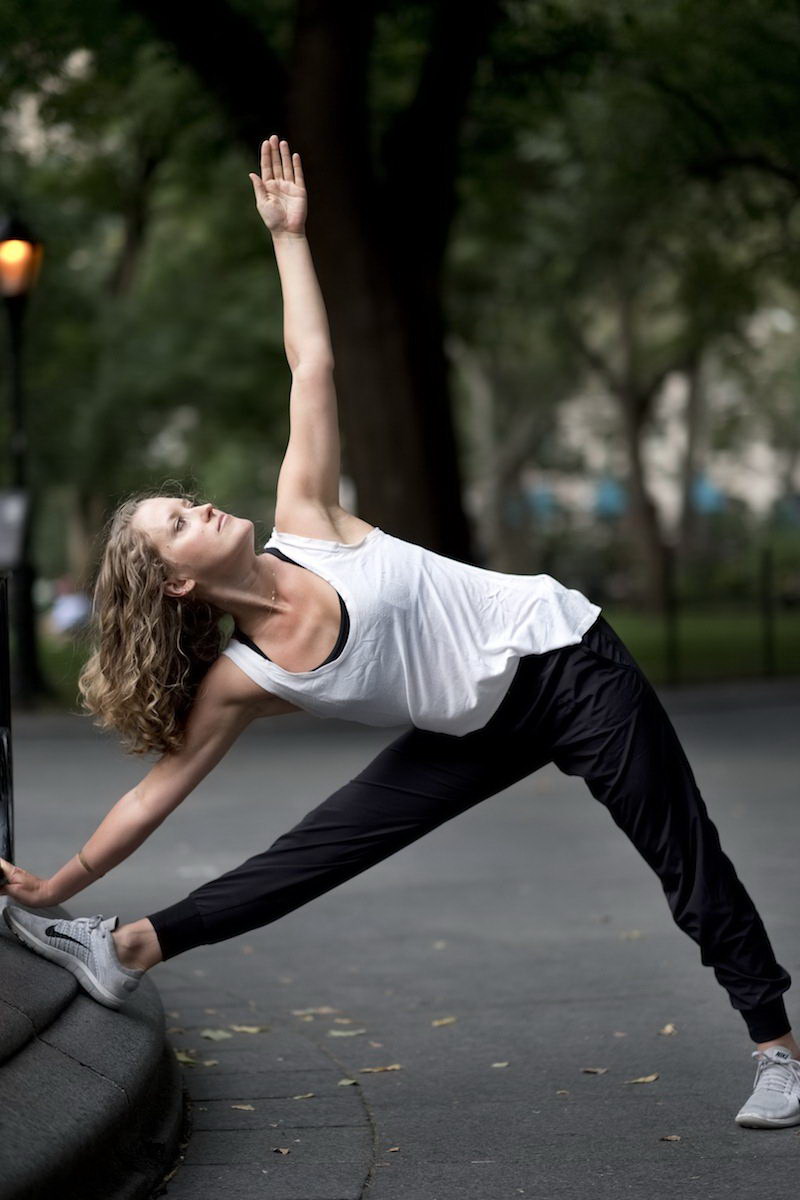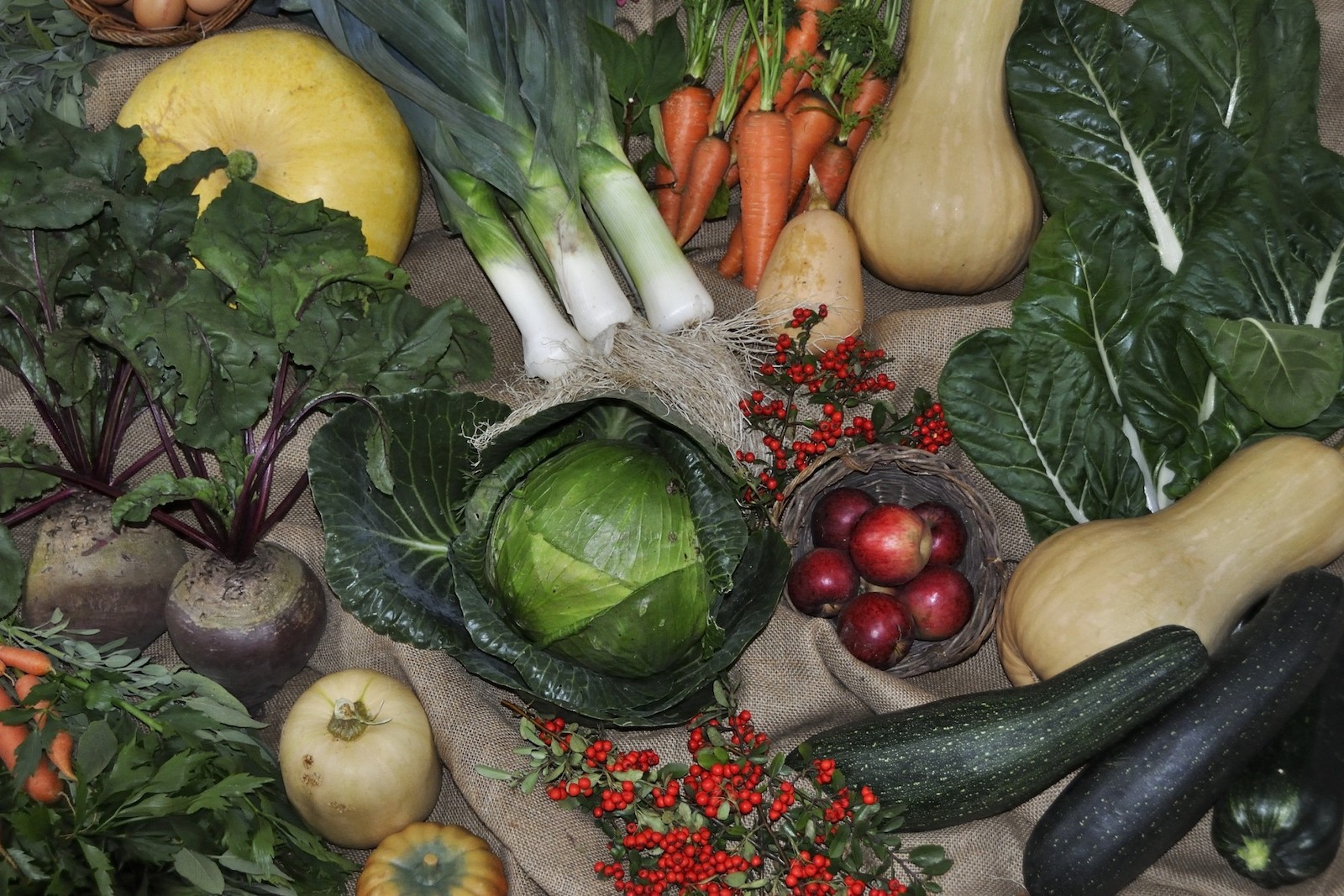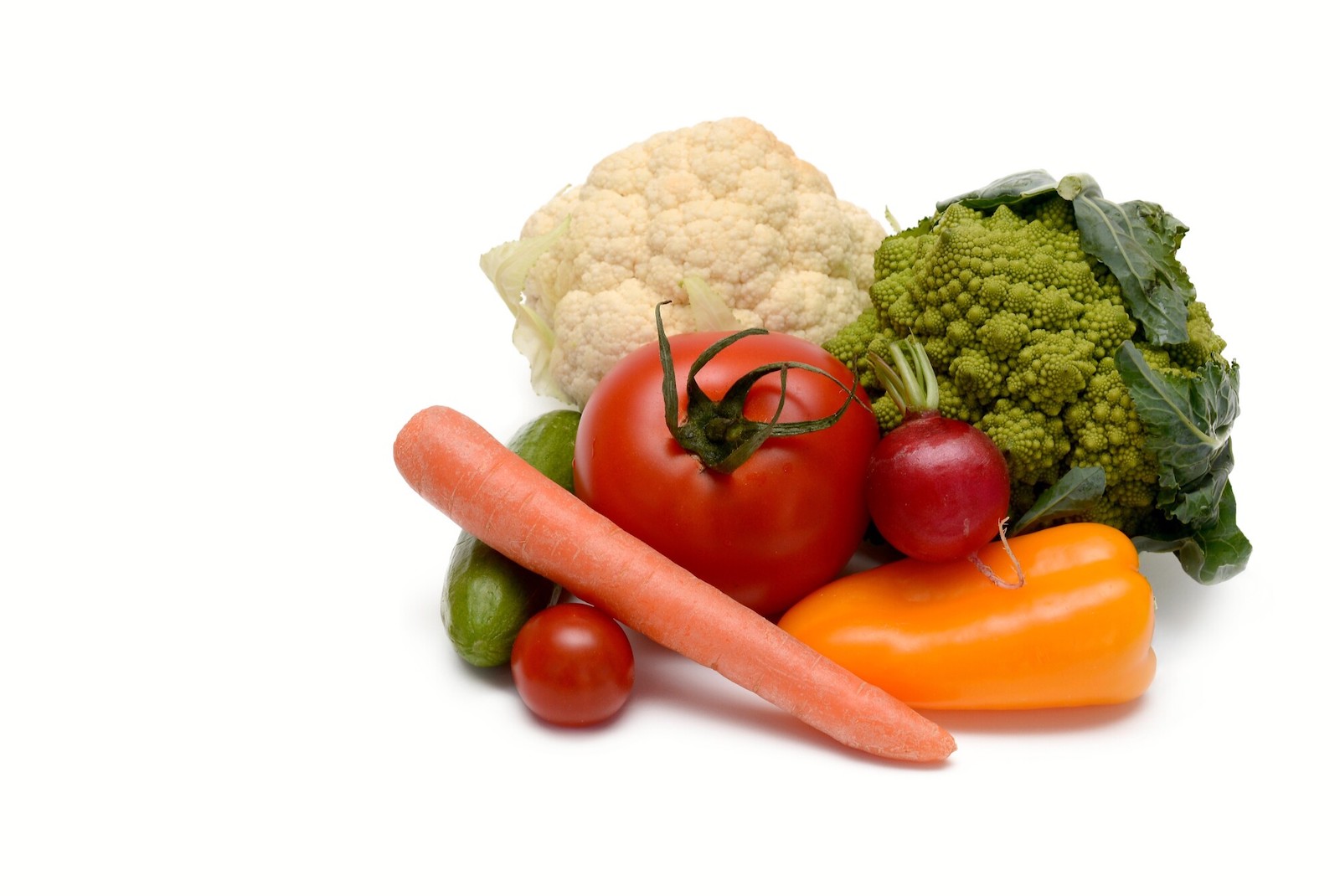Mindfully Fueling Your Yoga Practice: A Guest Post By Sasha of Sasha Yoga Wellness
- By Anna Speaks
- Oct 11, 2016

Today we have the great pleasure of handing over the digital mic to our friend and colleague, the wildly inspirational Sasha of Sasha Yoga Wellness. She's shared with us a bit about her own dietary philosophy as it relates to yoga, and some key foods to help support your practice. Enjoy!
Mindfully Fueling Your Yoga Practice By Sasha Nelson
Yoga as we know it is quirky pretzel postures, zen-like grins and lots of Namaste. There are, however, 7 other "limbs" or steps that make up the practice of yoga, which are composed of moral and ethical life practices beyond moving the body on a sticky mat.
Asana, or the poses we see all over Instagram and fitness ads, is one of 8 practices we can work with in order to move our way toward samadhi, which can be translated as complete oneness or interconnectedness to all beings.
So why is physical movement an imperative component in achieving this ultimate state of universal unity? Do we have to renounce our possessions and go meditate in the Himalayas in order to reach and be worthy of such a feat?
One of the most profound challenges of and lessons we can absorb from the physical form of yoga is practicing mindfulness as a worldly, regular, real life human on this earth, just as we are and just as everyone/everything else is. We continually learn to learn from not only our own bodies and minds, but everyone else's, including the natural world around us.
Once people begin exploring the physical practice, a secondary response is often a realization of connection between mind and body, breath and movement, and one another, despite our differences. When we are more in touch with our bodies, we usually become more invested in taking care of it, leading to such stigmas as having to be a vegetarian in order to practice yoga [a concern I have heard before].
To be clear: one not need identify themselves within any type of dietary category as a prerequisite to practice asana, or any of the other 7 limbs of yoga. One of the most spectacular things about yoga is that it is all encompassing, for everyone, everywhere, at any time.
As I mentioned previously, exploring the limbs of yoga, especially the physical practice, can be an incredible and transformative jumping off point for learning more about what it means to truly nourish ourselves. This does not mean we have to stop eating pizza or drinking wine if these are things we love.
That being said - if we do decide to eat a bag of candy and practice asana right after, chances are we might not feel as awesome as we would have had we ingested whole, fresh food. Any consistent physical practice may or may not lead to dietary shifts for our body's unique needs, and rightfully so. If we enjoy how good an activity makes us feel, it is natural to want to feel good in other lifestyle practices too, from what we eat to how we react, and so on.

To stay nourished, focused, and fueled in your yoga practice, whether it be physical [asana], breath work [pranayama], or meditation [dhyana], consider experimenting with the following sustaining foods:
Greens
Hydrating, packed with fiber for digestion, full of essential vitamins and minerals for healthy muscles and bones. Add to smoothies or juices, load up on them in salads steamed or raw, make a delicious side dish with herbs and spices. Breathe well and feel refreshed as you glide from pose to pose.
Nuts and seeds
Healthy fats, protein, and packed with vitamins like E and B6 to help satiate appetite, lower blood sugar levels, and assist in decreasing inflammation. Throw into smoothies, sprinkle on salads, bake into granola or cookies, or make your own trail mix with a bit of dried fruit - chocolate bars like Rawmio have the right idea. Amazing, invigorating fuel for any physical activity.
Beans
Protein and fiber to support digestion and energy. Perfect addition to salads, soups or tasty side dishes. Or how about some black bean brownies with Rawtella on top? Because I do not eat meat, I love eating beans with lunch to feel nourished and energized, whether before or after my yoga practice.
Whole grains
Minerals like magnesium and selenium to aid in digestion and sustain a healthy immune system, iron to support the blood, and fiber to steady blood sugar. I add 1/2 cup to my lunch salad or dinner, and I make tasty warm grains with hemp or coconut milk and spices in the cooler months. Add Dastony nut or seed butter for sweet grain bowls or desserts, or use as a base to savory dressings to give grains a boost of flavor. Wonderful, whole body nourishment to promote internal and external clarity and stability.
Avocado
Some of the healthiest fats available to help lower LDL [dangerous] cholesterol and maintain [good] moisture levels in skin, including potassium for sturdy muscles, and antioxidants for a healthy overall system. Use as a hearty addition to smoothies, spread on gluten-free toast, slice into salads, or eat on it's own with a little lemon juice and sea salt. Keep your whole body in tact, inside and out, to feel comfortable whether on your mat or in your meditation seat.
Tahini
Another incredibly healthy fat and source of calcium, full of vitamins and minerals which aid in things like liver detoxification and cell growth. I add it every day to my lunch salad, drizzle it on gluten-free toast with avocado, put a tablespoon in smoothies, and also love sweeter versions in warm morning grains or baked goods. All-around amazing body-loving fuel for active yogis.
Coconut oil
One more healthy fat to add to this list. Full of antioxidants, hydrating internally and externally, antibacterial, and cleansing to boot. Our bodies need healthy fats to support metabolism and the absorption of nutrients, and coconut oil is a one-stop-shop for anything from skin to stir fry to mouthwash. Keeping the skin hydrated and protected from harmful bacteria is important for sweaty yoga practices so the body is nourished from the inside, out. Plus cracked skin on a yoga mat is just uncomfortable, as is a belly full of fried canola oil.
Kraut
Fermented foods also help aid in digestion, creating beneficial enzymes and preserving nutrients which aid in supporting good gut bacteria. As such, providing a more enjoyable experience when forward folding, back-bending, twisting, and going upside down. #NOMaste
Herbal Tea
There are infinite combinations of tea with incredible healing properties, anything from increased energy to headache relief to lung support, and so on. Choose teas that support your body's needs, for example my sensitive stomach benefits enormously from chamomile and peppermint tea, and I always love a good matcha latte. Click here for a creative herbal adaptogenic recipe from Anna of Windy City Organics in lieu of your everyday tea. Perfect for the practitioner interested in holistic whole body health.
Water
Hydration is the key to life, literally, whether you practice asana or not. Warm water with lemon is excellent for cleaning and prepping digestion in the mornings before eating. Staying hydrated will keep the head clear and the belly happy.
Whatever our dietary needs and desires, the 8 limbs encompassing both physical and mental yoga practices provide us with an opportunity to tune inward, to learn more about our bodies and it's unique properties, and simply just to listen to how we feel.
What foods fuel your mindfulness furnace?
Author Credit
Written by Sasha Nelson of Sasha Yoga Wellness
Photo Credits: Renee Choi





